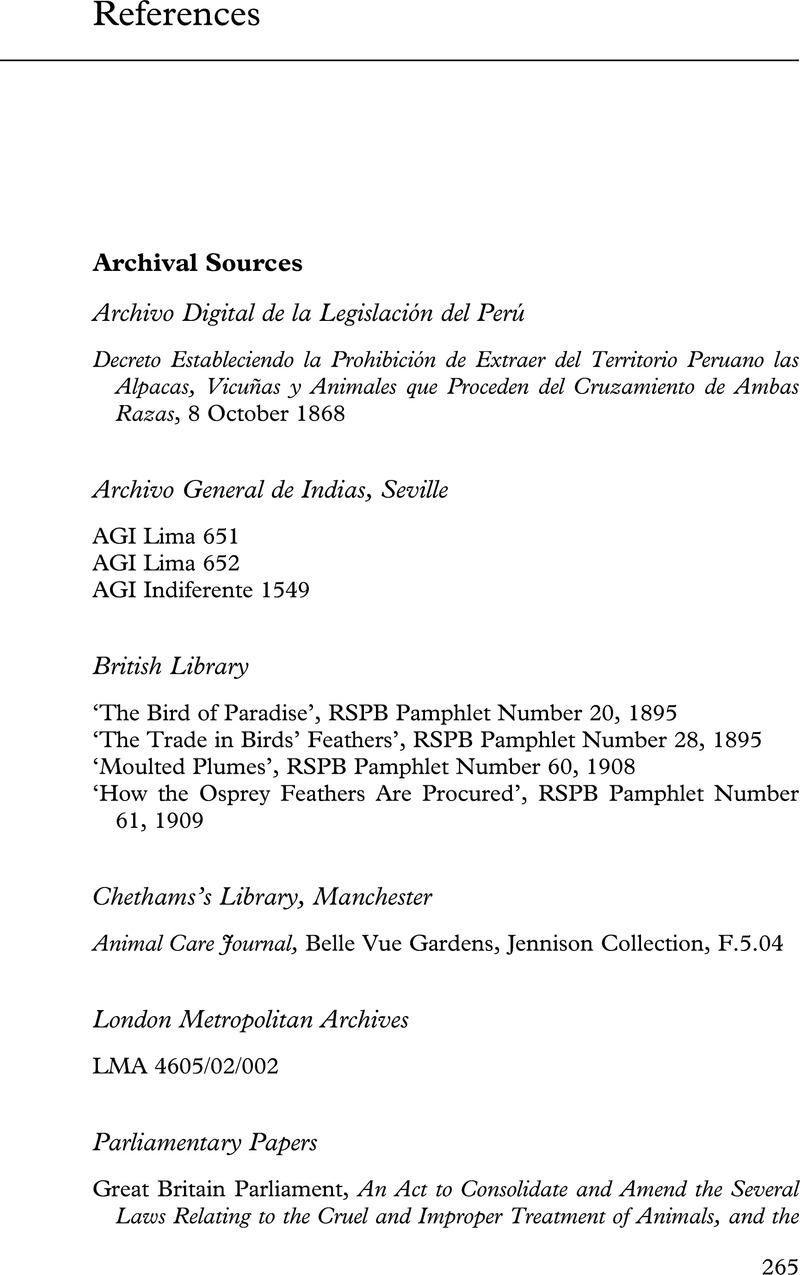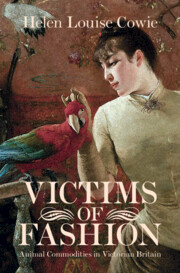Book contents
- Victims of Fashion
- Science in History
- Victims of Fashion
- Copyright page
- Contents
- Figures
- Acknowledgements
- Introduction
- 1 Murderous Millinery
- 2 The Seal and His Jacket
- 3 Is the Elephant Following the Dodo?
- 4 Silk of the Andes
- 5 Bitter Perfumes
- 6 Monkey Business
- Conclusion
- Epilogue
- References
- Index
- References
References
Published online by Cambridge University Press: 29 October 2021
- Victims of Fashion
- Science in History
- Victims of Fashion
- Copyright page
- Contents
- Figures
- Acknowledgements
- Introduction
- 1 Murderous Millinery
- 2 The Seal and His Jacket
- 3 Is the Elephant Following the Dodo?
- 4 Silk of the Andes
- 5 Bitter Perfumes
- 6 Monkey Business
- Conclusion
- Epilogue
- References
- Index
- References
Summary

- Type
- Chapter
- Information
- Victims of Fashion , pp. 265 - 279Publisher: Cambridge University PressPrint publication year: 2021



